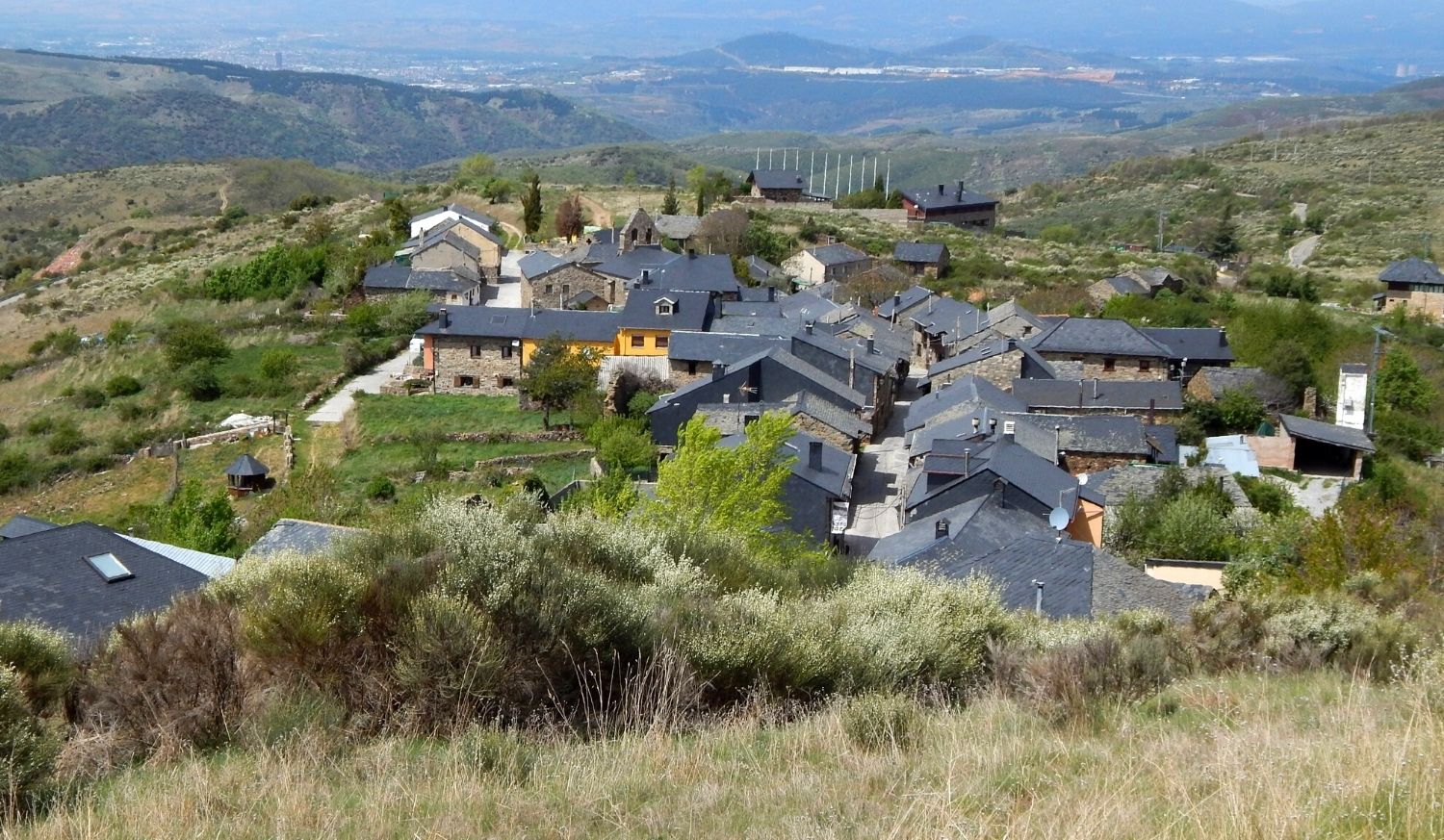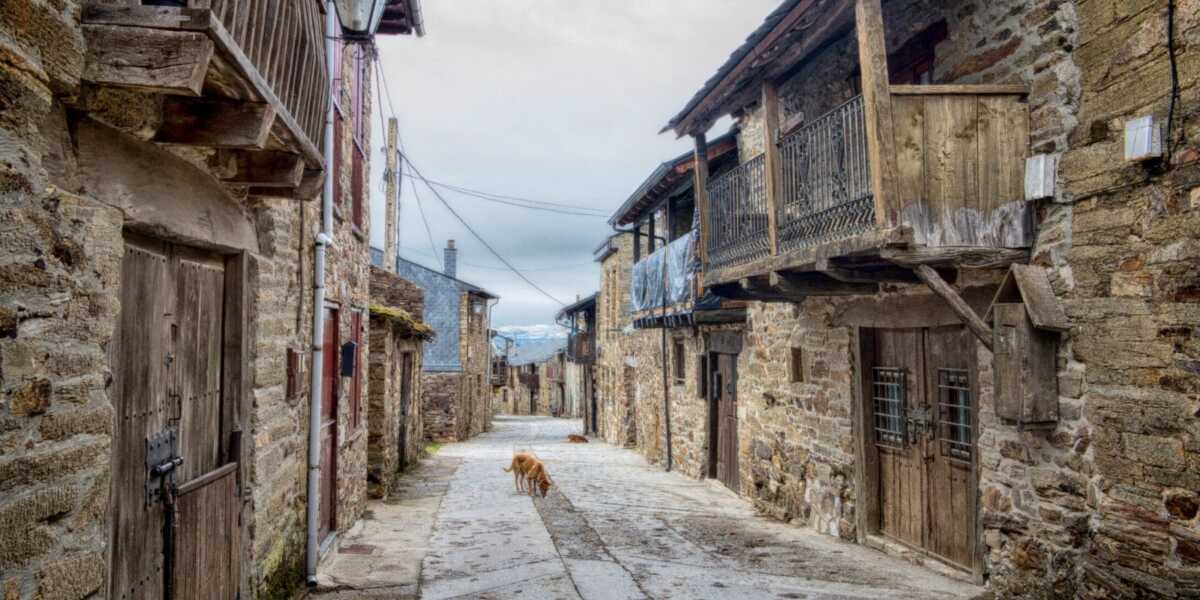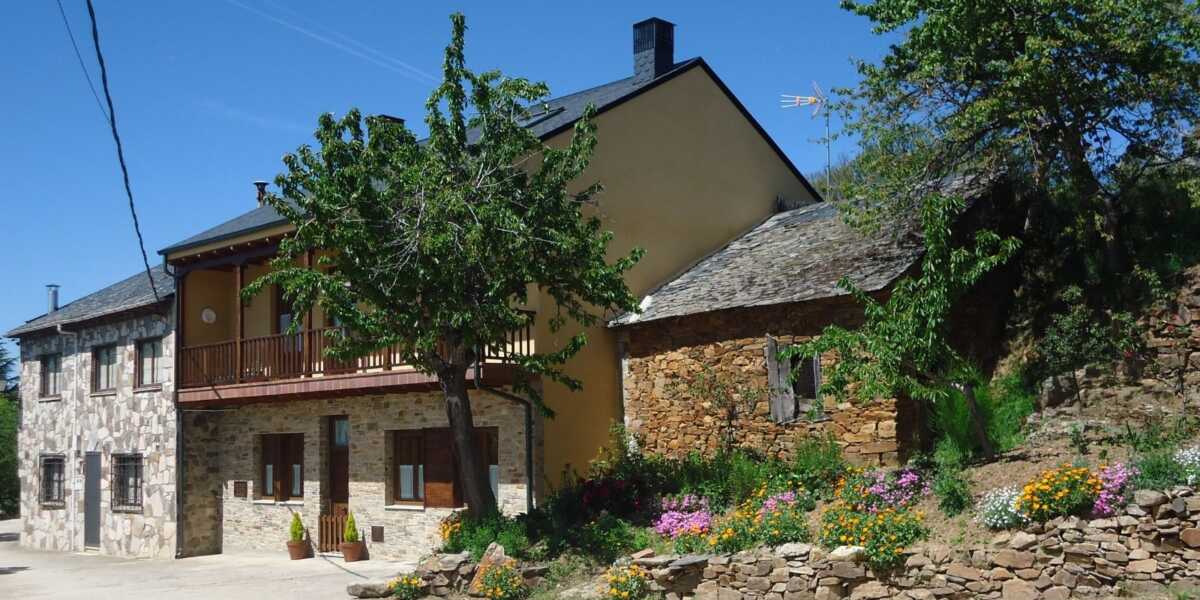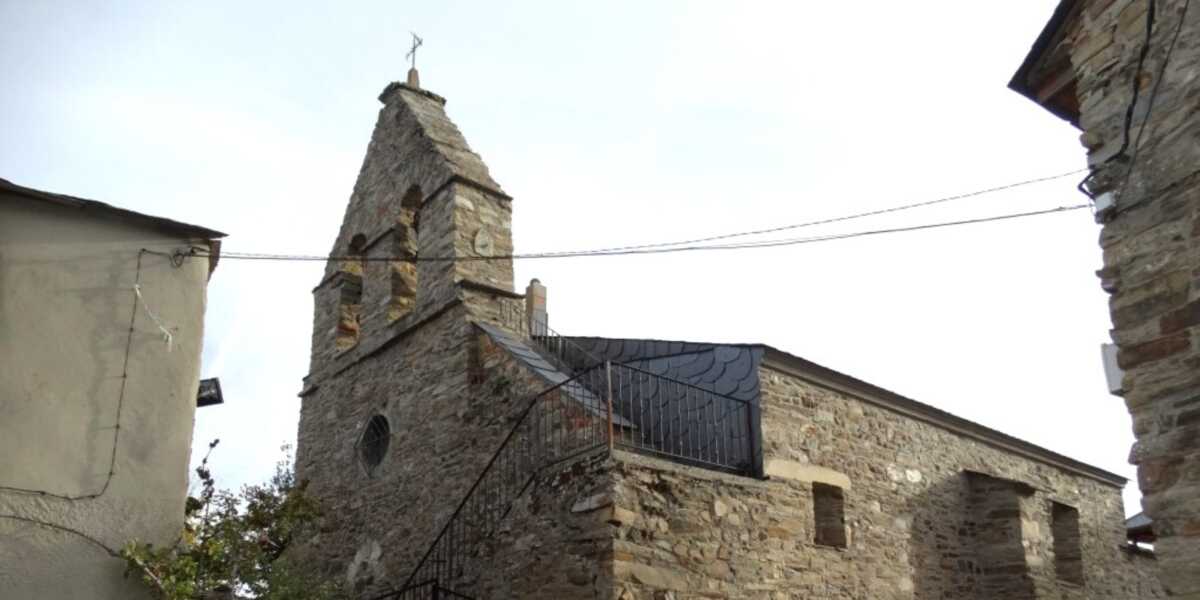
Information about El Acebo
Acebo is a town that is part of the municipality of Molinaseca and is located on the French Way. It is a village for rest and disconnection, with all the services for the comfort of travellers. In it, you can also make some visits of interest for its popular architecture and its landscape heritage.
What to see and do in El Acebo
A walk through the village and its landscape
El Acebo is a small village between mountains, so its location can be interesting and curious in terms of landscape. It will be a good idea to take a walk through its streets and surroundings to capture the charm of the place. It has two main streets as main axes and as it is mainly pedestrian it is pleasant to cross it, you can enjoy an environment away from urban noise.
The Trout Fountain
At the entrance to the village is this fountain of the Trout, a real gift centuries ago for all the pilgrims who needed a little hydration at this point. It is located in the area where life in the village is actually done, near the main street, the square and the church.
Popular architecture
One of the greatest assets of this village is the appearance of its picturesque streets and the good preservation of the popular architecture. The houses are made of the slate stones typical of the area, with balconies on the upper floors to capture as much light as possible. Many of them are very well preserved because they are now second homes or are equipped to serve pilgrims.
The playground
Next to the Plaza de la Peña there is a park of El Acebo. Don’t let the name confuse anyone, as the environment is quite wild and some of the swings are almost forgotten. At the back and looking west, a cross stands in front of a beautiful viewpoint to the west, here you can enjoy the best views of the place.
The Church of St. Michael the Archangel
This church is the essential temple of any population, so it is not gigantic but it is striking and quite important both for pilgrims historically and for the people as part of the nerve center. It is built with the local stone and inside there is a polychrome image of St. James the Apostle.













